The world of tea is so much bigger than just your standard black tea or herbal tisane. Within each different type of tea, dozens of unique variations enhance the art of tea drinking. Green teas are no exception. While Japan is known for its vegetal steamed green teas, shincha green tea marks your taste buds.
Table of Contents
ToggleWhat is Shincha?
Shincha (new tea) is the very first spring harvest of tea in Japan each year. It uses the leaves from the season’s first picking. These leaves are the youngest and freshest and are also known for having the highest concentration of nutrients in them. Its color is luminous, a testament to the richness of the tea, thanks to the plant’s long winter’s labor.
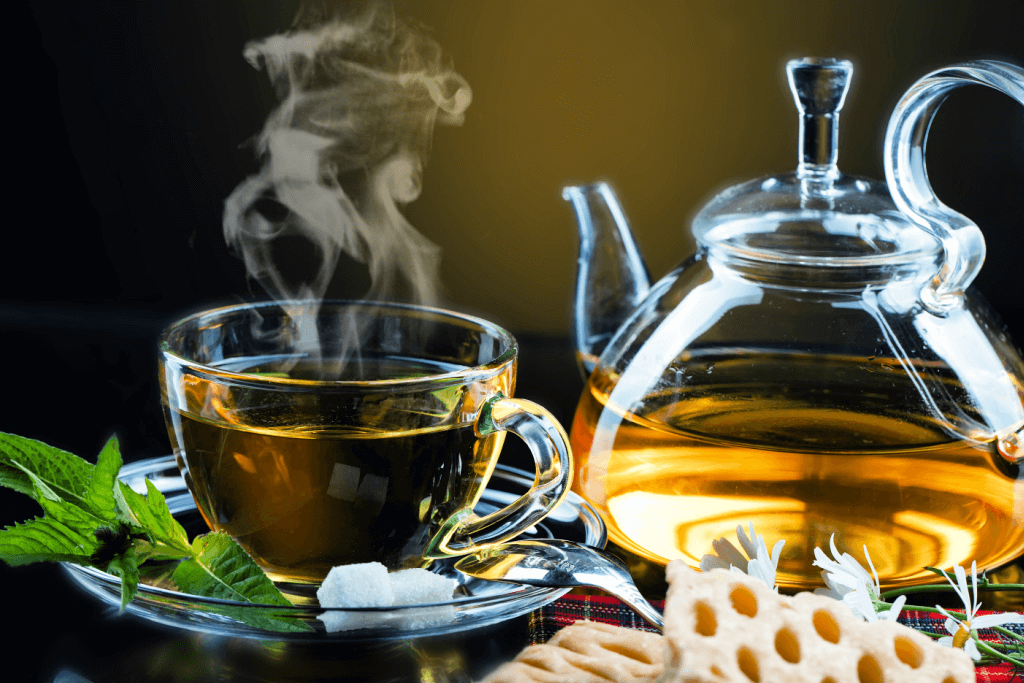
Shincha tea is also known as ichibancha (first tea). It’s different from later harvests that produce teas known as nibancha (second harvest) and sanbancha (third harvest). This tea gets sold out quickly and is available for a limited time only.
Japanese green tea enthusiasts wait patiently for their favorite tea vendors to release pre-order forms each year—the lack of bitter notes and the nutrients the tea bushes have been storing up all winter. Shincha is well worth the wait! Often, it sells out even before harvest season!
Shincha’s Origin
Before modern refrigeration, green tea quickly lost its freshness as time passed. The Japanese had to drink stale tea after the summer harvest. To get by until the following spring harvest, they roasted the old tea into hojicha (roasted Japanese tea)
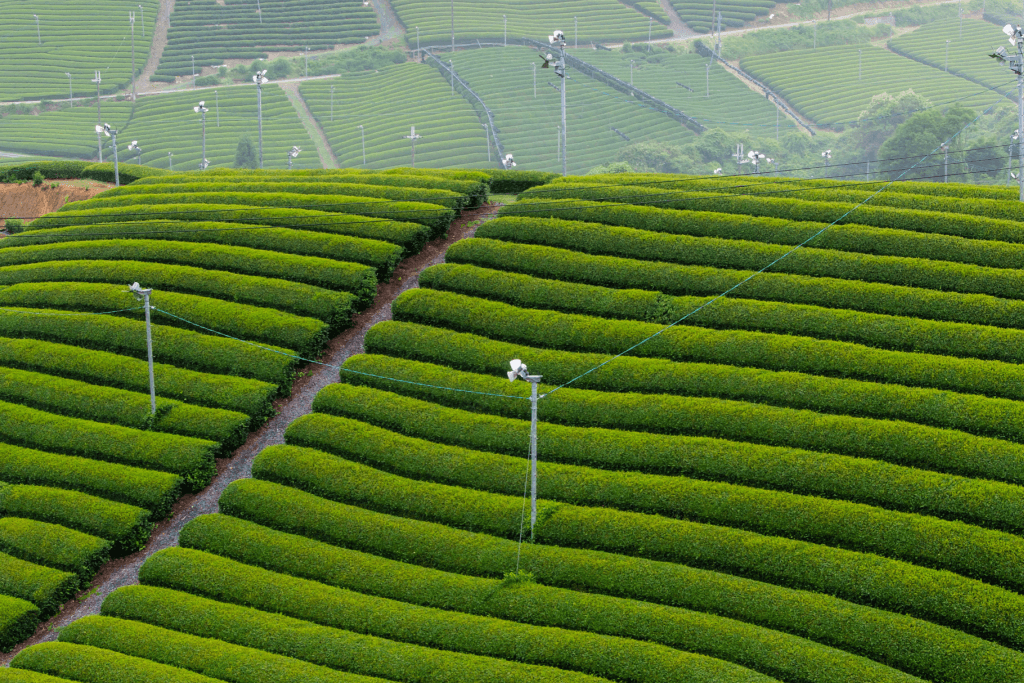
But nothing is better than that fresh, umami (savory)green tea flavor. It was best to buy it as close to the harvest as possible to get it fresh. People then used the word shincha to differentiate this newly harvested tea from the previous year’s.
Looking to enjoy traditional Japanese teas without leaving your home? Check out Sakuraco! Sakuraco delivers traditional Japanese snacks, teas, and sweets from local Japanese makers directly to your door.
How is Shincha Made
Tea shrubs harvested from shincha leaves grow out in the open, under sunlight and the elements. The first harvest depends on geographical location. The spring harvest starts around April in southern Japan, at Yakushima. Then it gradually moves up into Honshu, Japan’s main island.
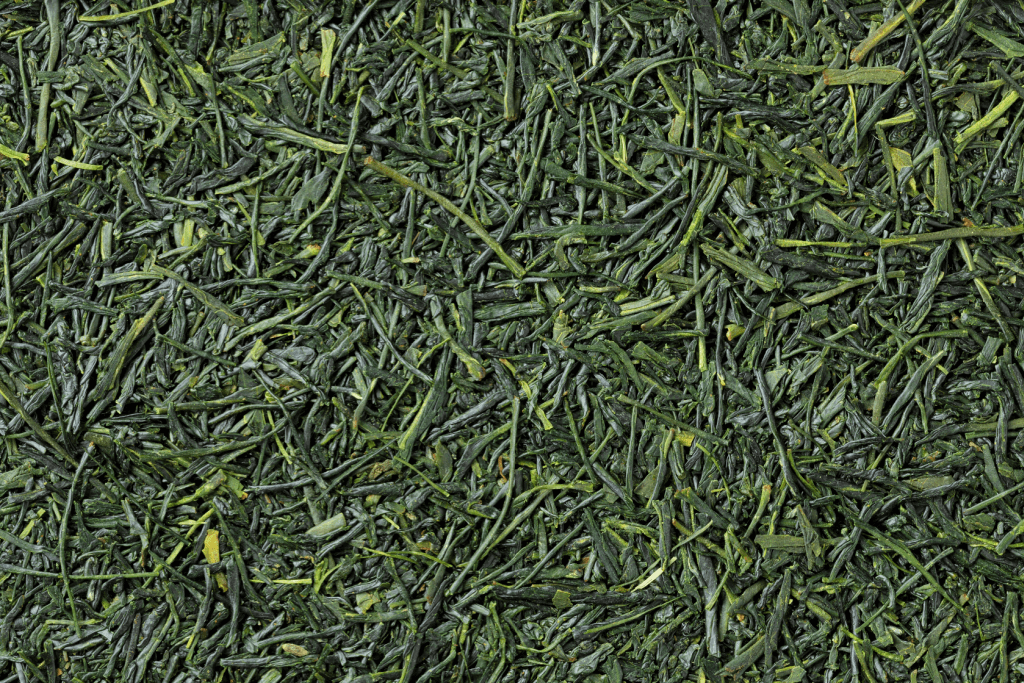
These early-blooming leaves are magnificent and delicate during the handpicking process. After the shincha harvest, it undergoes the same process as other Japanese teas. But unlike other green teas, shincha is not steamed for an extended period but for only about 30 seconds. As a result, this process preserves the tea’s unique flavor and aroma.
To truly preserve the quality of these precious tea leaves and draw out their exquisite flavors, the steamed tea leaves go through rolling and drying processes that eliminate all moisture that may compromise taste and quality. The best leaves are separated from their hard veins and stem and put through a light roast.
How Does it Taste?
Shincha’s key characteristic is its refreshing and invigorating scent of new leaves. Shincha has low caffeine content making it less bitter than the season’s later flushes. This tea tends to have a higher amino acid content, giving it full-bodied flavor and sweetness.

This tea is tart and savory, but there’s undoubtedly some sweetness. The tartness comes from the catechins in the tea, and the sweet and savory flavors are due to the theanine. The taste of shincha tea is quite complex, with these smoother and sweeter tones battling these sour notes. Each sip of this tea is slightly different, leading to an enriching tasting experience.
Milder than oolong tea, it’s a perfect choice for people new to green tea. It contains nutrients and flavor components that lend mild astringency-tasting notes. Look for sweet and umami notes in harmony, dancing in a golden-green liquor!
When is Shincha Green Tea Available?
If you want to get the latest shincha harvest, wait until late springtime. Although the shincha tea harvest is in April or May, it takes time to be packaged and shipped. The good news is the tea lasts for quite some time, so you can easily enjoy last year’s harvest until this year’s harvest is ready!
Shincha Green Tea vs. Sencha
Although sencha tea and shincha are both made from the first flush of tea, with shincha, the priority is to be fresh and early. In contrast, other types of sencha are blended over time to reach a desired taste profile. Shincha is much sweeter and more floral than regular sencha, full of aroma and grassiness.
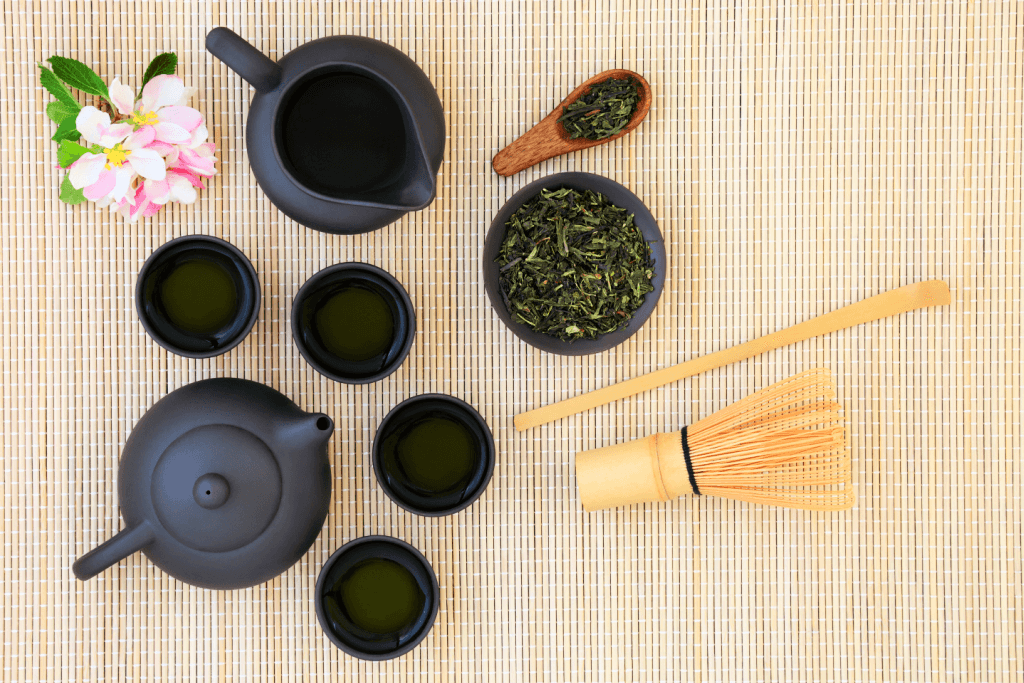
The shincha can be packaged and sold right away. Other teas need time to be evaluated and blended by the tea master. This results in the shincha green tea farmers’ produce tasting differently yearly. At the same time, sencha green tea will taste more or less the same with time. If you want a specific flavor profile, go for the sencha later in the year. But if you want a seasonal taste every year, try some shincha green tea!
How to Brew Shincha Green Tea
Shincha is a high-grade Japanese green tea; you should brew it accordingly. The methods for brewing shincha green tea differ slightly from regular green teas. It uses significantly lower temperatures to avoid harming or burning this type of green tea. Here’s how to make a delightful cup of shincha green tea!
Ingredients:
- Five to six grams of shincha tea leaf
- 60ml of water
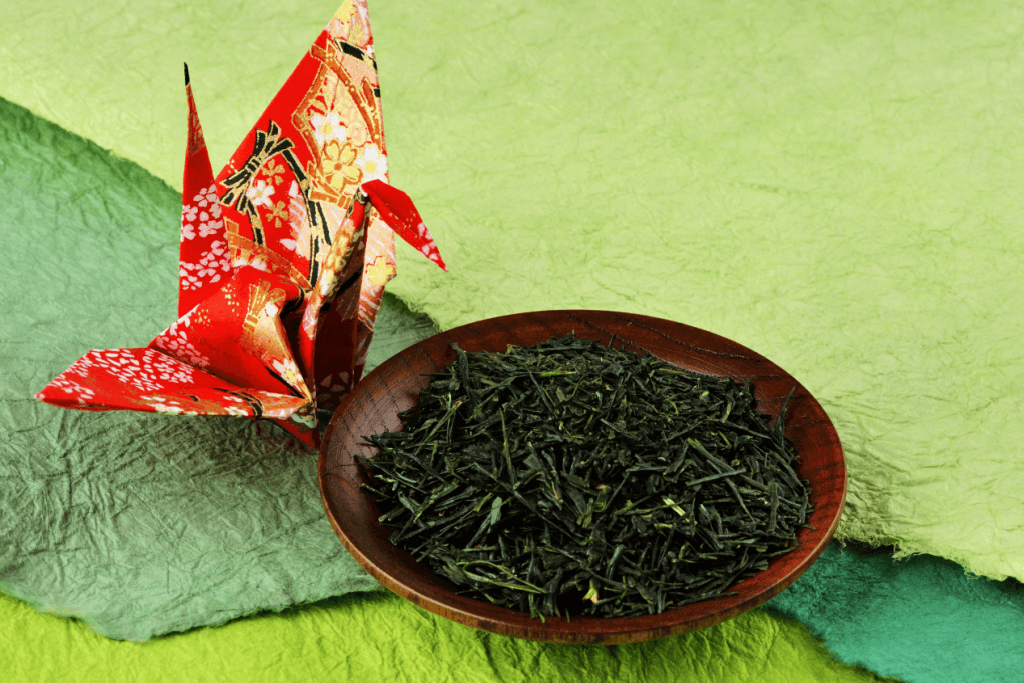
How To Make:
- Bring your water to a full boil and let it sit and cool for approximately one minute.
- Use the hot water to heat a small teapot, swirling it around it and then emptying it.
- Measure five to six grams of shincha tea leaf into your teapot.
- Once the water cools to around 80°C, pour it over the shincha leaves.
- Allow the tea to brew for around 45 seconds to one minute.
- Pour into small cups and sip slowly to savor the unique fragrance and flavor.
Shincha is a particular type of Japanese green tea that is harvested in early spring. It is often referred to as the first flush tea, as it is the first tea harvest of the year. Shincha is a unique green tea highly regarded for its freshness, flavor, and unique production process. If you can try shincha, it is worth experiencing this unique Japanese green tea. Have you heard of shincha green tea before? Would you want to try it? Let us know in the comments below!

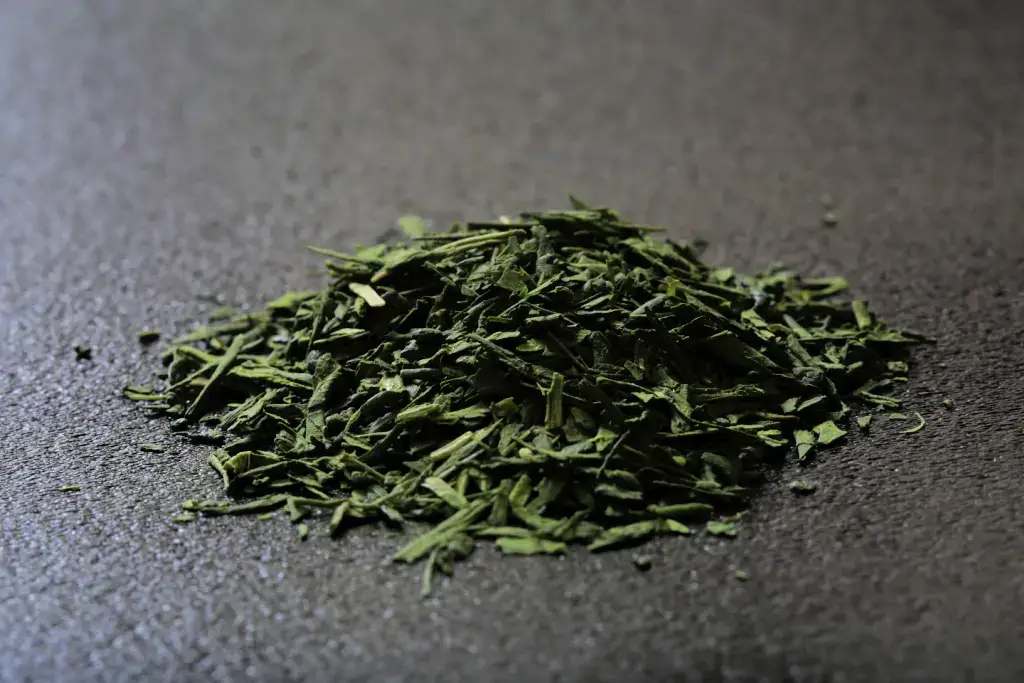





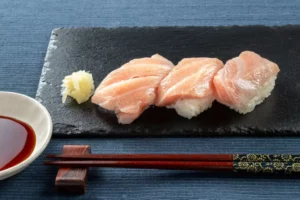



One Response
We’re glad you enjoyed it! I’m a fan of genmaicha myself.